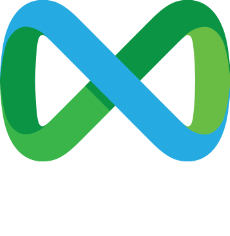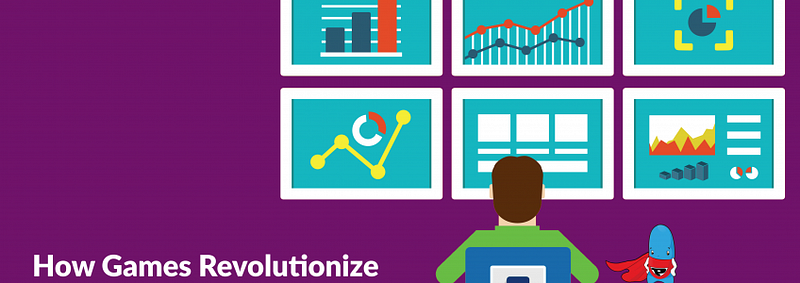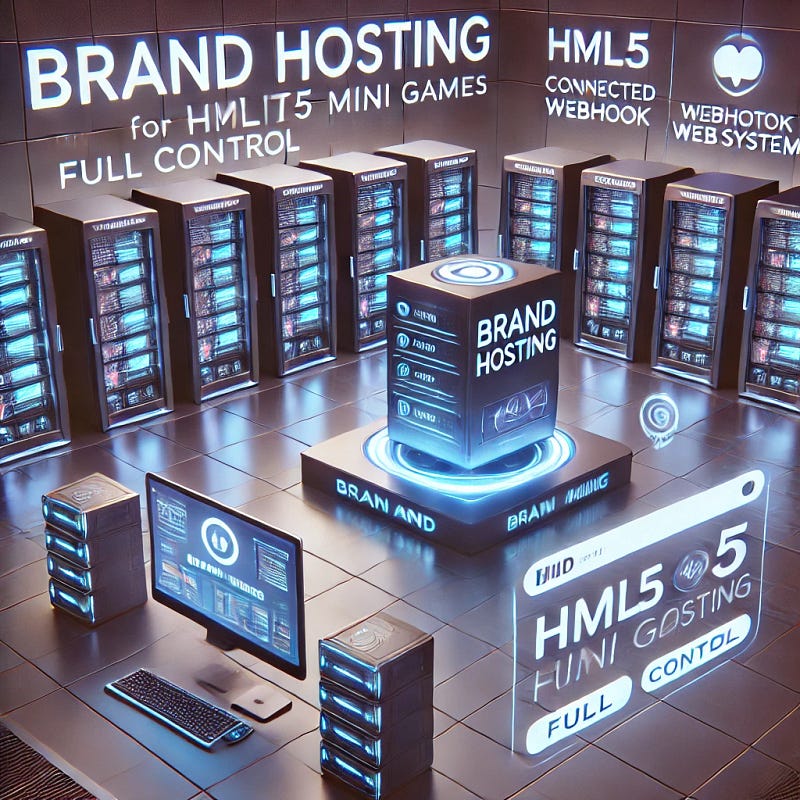
The eLearning market continues to grow and attract more and more learners and companies each year.
eLearning institutes are facing a high demand and have to offer creative ways how to differentiate themselves from their competitors but at the same time integrate modern and innovative ways of learning in their concepts.
There are obvious advantages of eLearning like personalized learning without limit in topic, time or geography. eLearning can lower costs and improve productivity. Tuition fees for traditional education include transportation costs, lab fees, housing and textbooks. The company IBM stated in their report “The Value of Training”, that they saved about 200 million dollar, when switching a part of their training budget to online courses.

Screenshot of IBM Education — Training and Skills
In fact there are many challenges that come with eLearning and the way to learn things effectively. The Gartner Study already noted that “learners recall 10% of what they read and 20% of what they hear. If there are visuals accompanying on oral presentation, the number rises to 30%. If they observe someone carrying out of action while explaining it, 50%. But learners remember 90% if they do the job themselves, even if only as a simulation.”
It is not enough just to hand over good teaching material or to just show videos with no interaction. Passive consumption does not help the learning success. It is less theory and more hands-on practice. Like pilots in a flight simulator training: Simulation means that learners practice the actual skills.
Simulations and games typically involve practice and repetition. What you repeat, you remember. That’s the kind of workout you need to retain the knowledge. Simulations give immediate feedback. With gaming formats the component of rewards is an added value as well.
The Yale University could find out that “short video games designed to activate specific neurocognitive processing systems can serve as brain warm-up calisthenics to improve cognitive performance immediately following the video game.”
To improve learning effects all technologies are used. We all know the flight simulator — but how about simulations as a mobile solution?
Statistics show that 74% of companies currently use some form of eLearning system. However only 18% of companies are currently using a mobile learning system.

Source: Worcester Polytechnic Institute
There are many “beneficial features of mobile learning, including convenience, scheduling flexibility, concise presentation, and distraction-free learning”, the eLearning Brothers tell.
The portability and touch screen interactivity have also been identified as benefits. “Unlike traditional methods in eLearning, mLearning can provide access to recorded information, assessments, images, chat features, audio files, videos and more,” the eLearning Brothers write.
Not only mobile solutions can widen the use cases of eLearning. eLearning can be extended to Beacon technology or Augmented Reality (AR) combined with games.
M-BIZ Global is already working with these technologies in combination with their mini-games. Whether games are a learning quiz on Facebook or a landing page or even if a game is a virtual reality experience and adventure that is taking place in a building or even outdoors — the user experience can be enhanced and brought to a new level with the help of Beacons and AR technology.
In the case of Beacon in eLearning environment, push notifications can be sent out in classes & courses to participants, thus merging physical locations with eLearning content.
The example at The Australian Museum shows how the Beacon technology is used in order to engage their visitors and provide extra information. Furthermore, users can have a challenging experience in which they have an amount of time to find special items between three Beacon checkpoints. Games will help them learn the new material and content in a fun and engaging way.

Source: The Australian Museum
With the knowledge that games increase focus, self-control and memory, the learning process can be even further enhanced when using state-of-the-art technology combined with gaming and mobile solutions.
An eLearning app with AR Games can show significant information to tourists visiting most famous attractions and monuments. In this case, tourists can easily learn about the history, geography and cultural background of cities, depicting old worlds as real places, so that they can place themselves in the landscape and feel the textures of the times and situations they learn about.
AR Mini-Games revolutionize eLearning and the traveler’s experience by making the planning journey much more seamless, interactive, and simple.





